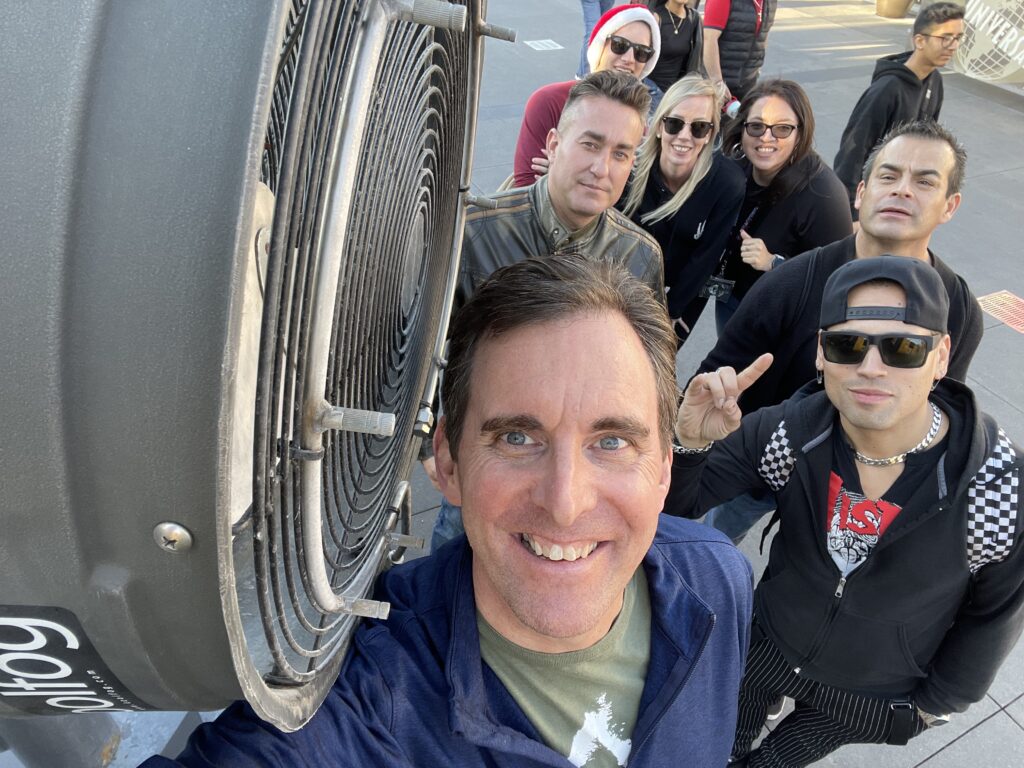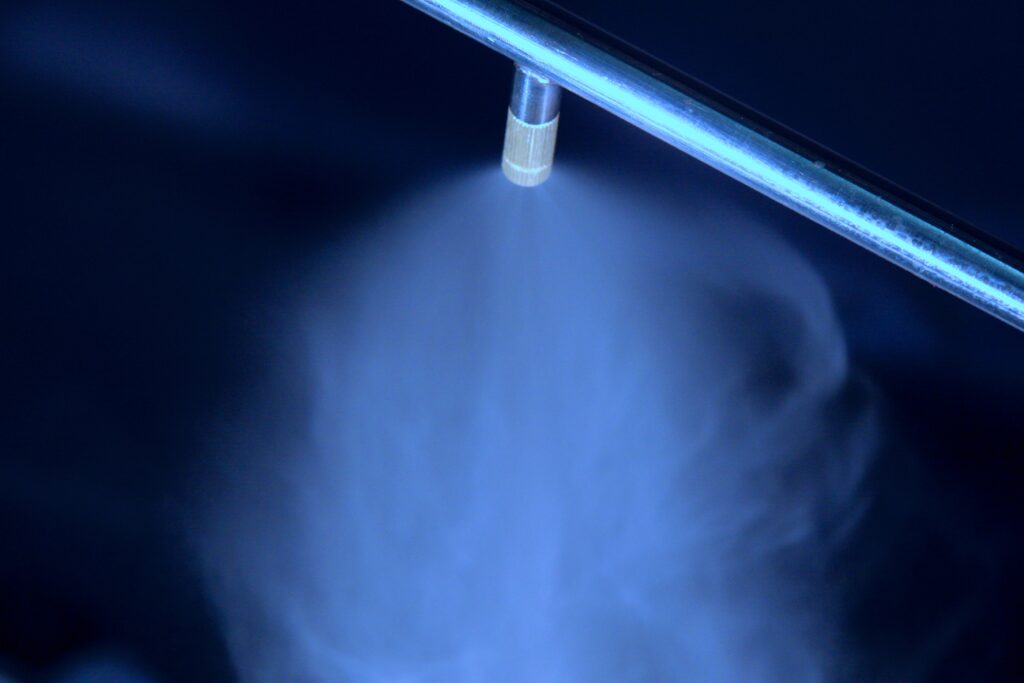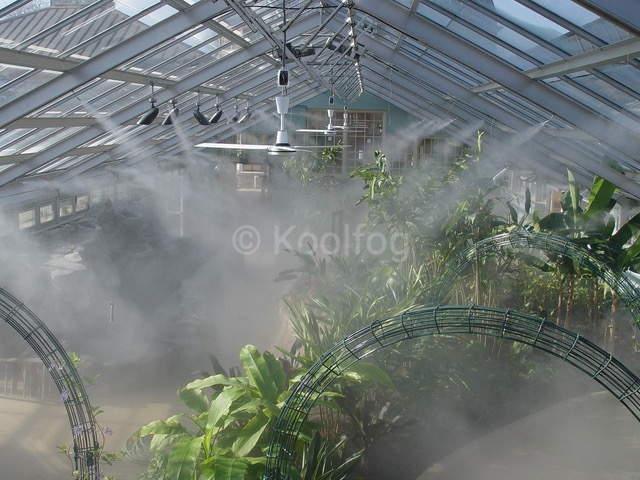In the quest for optimal bud quality and maximized yields, temperature and humidity are key factors every grower must monitor and adjust during the life cycle of the plant. Lately, many growers are embracing a more sophisticated metric than temperature and humidity levels: vapor pressure deficit (VPD). VPD dives deeper, measuring the “drying power” of air and its profound impact on a plant’s delicate internal water balance. Imagine it as the invisible force driving plant thirst, influencing everything from nutrient uptake and growth rate to terpene production and resistance to disease. In a controlled environment, understanding and manipulating VPD has become a crucial art, turning cannabis cultivation into a science of fine-tuning the air itself.
At Cultivation Warehouse we work with a wide variety of manufacturers who supply heating, ventilation, humidification and dehumidification equipment including some whose products may be new to the cannabis space but who have built a reputation for quality and innovation in other sectors.
One such company we’ve enjoyed partnering with is Koolfog.
Koolfog Inc. is a world leader in delivering high quality high pressure fog and misting systems. They design, develop and manufacture award-winning, high-pressure, fog and misting systems for adiabatic cooling, humidification, dust and odor control, as well as fountains and special effects.


The engineers at Koolfog have become experts at designing and deploying systems that can offer precise control over VPD.
Managing the introduction of humidity into a large space becomes problematic and labor intensive as micro climates or “dead pockets” can develop with a single humidification source point or if individual fogging devices are utilized. A key advantage to a Koolfog system is its balanced approach to delivering fog throughout a facility in every part of the space, regardless of size or configuration. Fog nozzles can be precisely placed for optimum effectiveness.
Additionally, the Koolfog system can sit easily under existing control systems, requiring only start/stop commands and zone activations while handling all of the fog specific functions.
Check out some KoolFog systems in the field in the video below:
Read on to dive deeper into the world of VPD and discover the impact it can have on optimizing cannabis growth and yield:
What is VPD?
Vapor pressure deficit (VPD) is a measure of how dry the air is. The difference between the actual vapor pressure of the air and the saturation vapor pressure equals the VPD. This is an important factor in controlled environment agriculture because it affects the rate of transpiration, or water loss, from plants.
The movement of water and nutrients through the plant’s cells is referred to as transpiration. Plants rely on transpiration to control temperature and successfully pull carbon dioxide from the air to promote growth.
Transpiration is an important process for all plants because it helps to regulate temperature and humidity levels. When the rate of transpiration is too high, plants can become stressed and may wilt or even die. Conversely, when the rate of transpiration is too low, plants can become waterlogged and may develop root rot.
The VPD enables the roots to uptake nutrients and spread to the plant’s upper regions. The movement of water in a plant occurs as the plant releases water vapor through its stomata (a process like sweating).
Because water vapor moves from an area of high concentration (inside the plant leaves) to an area of low concentration (the air surrounding the leaves), the higher the VPD, the drier the air and the faster the rate of transpiration. When the VPD is high, the concentration of water vapor in the air is low, so the water vapor moves out of the leaves more quickly.
It is important to note that the ideal VPD varies depending on the stage of growth and strain of cannabis.
VPD should be adjusted throughout a plant’s life stage:
When cultivating clones, the goal is to let the cutting slowly start to grow roots and repair itself so it can effectively uptake water. During the process, you’ll want to keep the relative humidity high, 75% – 90%, to ensure that the cutting does not lose water. A low VPD and high relative humidity must be maintained. As the repairs start, the relative humidity can move down.
During the vegetative stage, you will want to have a low VPD and a high relative humidity rate to encourage healthy, busy growth. The higher relative humidity promotes leaf expansion to create healthy, broad leaves. The temperature is warmer than when growing seedlings or cuttings because a hot temperature encourages greater cell expansion.
During the night you’ll want the temperature to lower and then rise during the daytime so that the cannabis plant believes winter is coming. As the plant starts to develop flowers, lower the relative humidity and increase the VPD in preparation for harvest.
Growers can calculate VPD from the plant and grow room’s temperature and relative humidity (RH). Within the grow room the plant’s surface temperature and the dry bulb temperature run cooler. The plant is forming water, so the plant’s surface is 100% RH when transpiration is occurring.
Ideal VPD for cannabis:
- VPD range 0.8–1.1 (kPa) for the vegetative stage.
- VPD range 1.0–1.5 (kPa) for the flowering stage.
To maintain a healthy VPD and ensure healthy transpiration rates throughout every stage of growth you’ll need to control the environmental conditions in the grow room or greenhouse.
When cultivating cannabis, VPD is every bit as important as lighting. The changing VPD and lighting are what encourage the plant to enter its different life stages. Maintaining a consistent temperature and relative humidity leads to a consistent vapor pressure deficit which fosters plant transpiration and optimizes plant growth.
The environmental systems that you invest in will help ensure that the temperature and humidity setpoints are on target so you can maintain VPD goals. Everything plays a role in the process such as the number of lights, watering system, run-off rates, HVAC configuration, and more
To create a completely balanced microclimate to meet the intricate balance needed to promote and maintain the health of your plants you should consider fogging.
Within indoor commercial spaces, greenhouses, and grow rooms, a fogging system assists with the balance of temperature and humidity and directly contributes to managing VPD.
The team at Koolfog can show you how their customizable, balanced approach fogging system can not only improve your ability to control VPD but do so in a more economical fashion with a scalable engineered design that uses far less energy than other solutions, requires much less maintenance and can sit under your existing control systems. Give us a call and find out more about how CW and Koolfog can help you.



